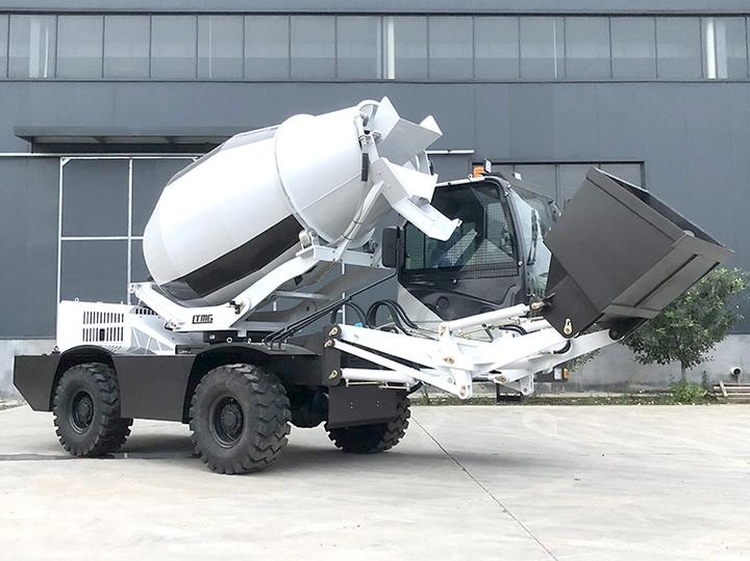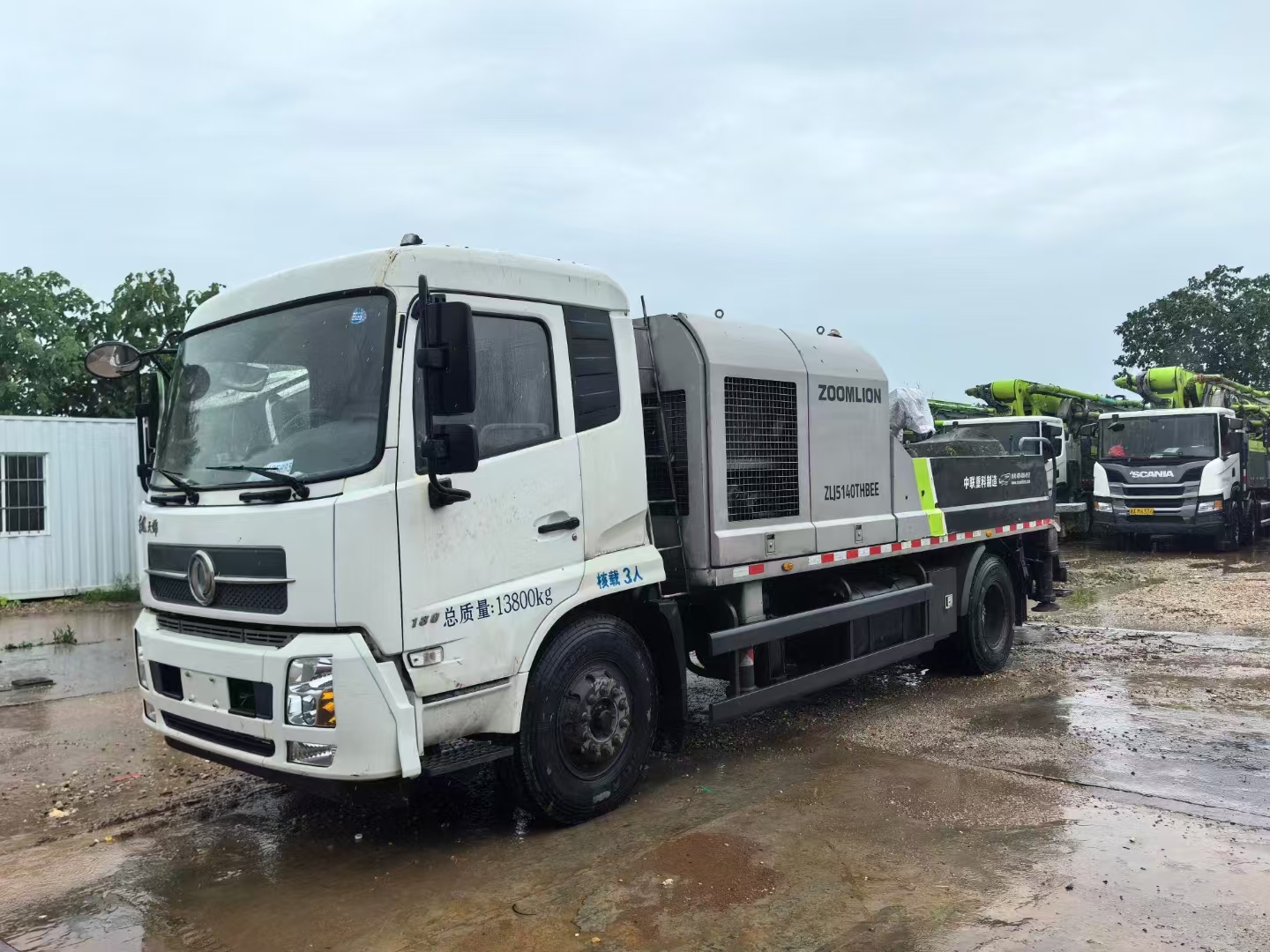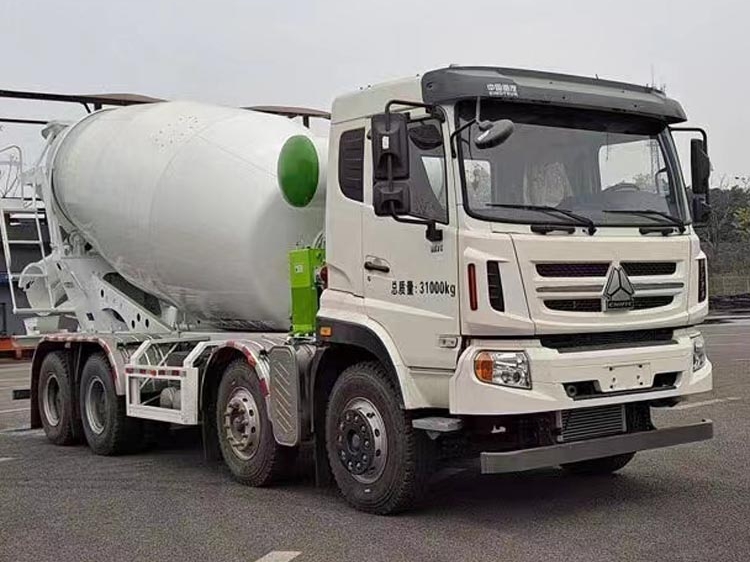Energy-Efficient Concrete Machinery: Cutting Costs and Emissions
-
Thesis: Energy efficiency in concrete machinery is a powerful lever to reduce both operating costs and environmental impact, with significant advancements available in 2025.
-
Outline:
-
The Dual Incentive: Rising fuel/electricity costs + tightening emissions regulations (Tier 4 Final/Stage V) and corporate sustainability goals.

-
Energy Consumption Hotspots: Hydraulic systems, diesel engines, material transport, mixing process.
-
Key Strategies & Technologies:
-
Electrification: Zero tailpipe emissions, high efficiency of electric motors. Types: Full electric (mixers, pumps), Plug-in Hybrid Electric (PHEV), Electric Auxiliary Drives (powering hydraulics/outriggers with battery, engine off). Highlight 2025 models available.
-
Hybridization: Diesel-electric systems capturing regenerative energy (e.g., from boom lowering), optimizing engine load for peak efficiency. Reduces fuel consumption significantly.
-
Advanced Diesel Engines: Meeting Tier 4 Final/Stage V with SCR/DOC/DPF technology is baseline. Focus on inherent efficiency improvements (combustion tech, reduced friction).
-
Optimized Hydraulic Systems: Load-sensing hydraulics (pump delivers only required flow/pressure), variable displacement pumps, efficient valves, proper sizing of components. Minimizes wasted energy as heat.
-
Idle Reduction: Automatic engine shutdown timers, telematics monitoring idle time for management, electric PTO options (running hydraulics without main engine).
-
Efficient Drivetrains: Advanced transmissions (e.g., powershift, hydrostatic) optimizing power delivery.
-
Auxiliary System Efficiency: LED lighting, high-efficiency fans/pumps.
-
Operational Practices: Route optimization for mixers/pumps, minimizing empty running, proper machine sizing (avoiding oversized underutilized equipment), efficient job sequencing.
-
-
Measuring Efficiency:
-
Fuel Consumption (gal/hr or L/hr): Baseline measurement for diesel machines.
-
Kilowatt-hour per Cubic Yard/Meter: Emerging metric for electric/hybrid machines.
-
Telematics Data: Provides real-world consumption data for benchmarking and improvement.

-
-
*Financial Benefits: Lower fuel/electricity bills, potential tax incentives/grants, reduced maintenance costs (less stress on engines, fewer DPF regenerations), enhanced resale value.
-
*Environmental Benefits: Reduced greenhouse gas emissions (CO2), lower criteria pollutants (NOx, PM), decreased noise pollution (especially electric).
-
*Implementation Considerations: Upfront cost premium (offset by TCO), charging infrastructure needs for EVs, operator training (new driving/operating techniques for efficient use), fleet management focus on utilization and idle time.
-
*The Future: Continued electrification, hydrogen fuel cell exploration, AI-driven operational optimization for energy savings.
-
 Global Concrete Machinery Mark
Global Concrete Machinery Mark
 Concrete Recycling Machinery:
Concrete Recycling Machinery:
 Latest Technological Advanceme
Latest Technological Advanceme
 Energy-Efficient Concrete Mach
Energy-Efficient Concrete Mach
